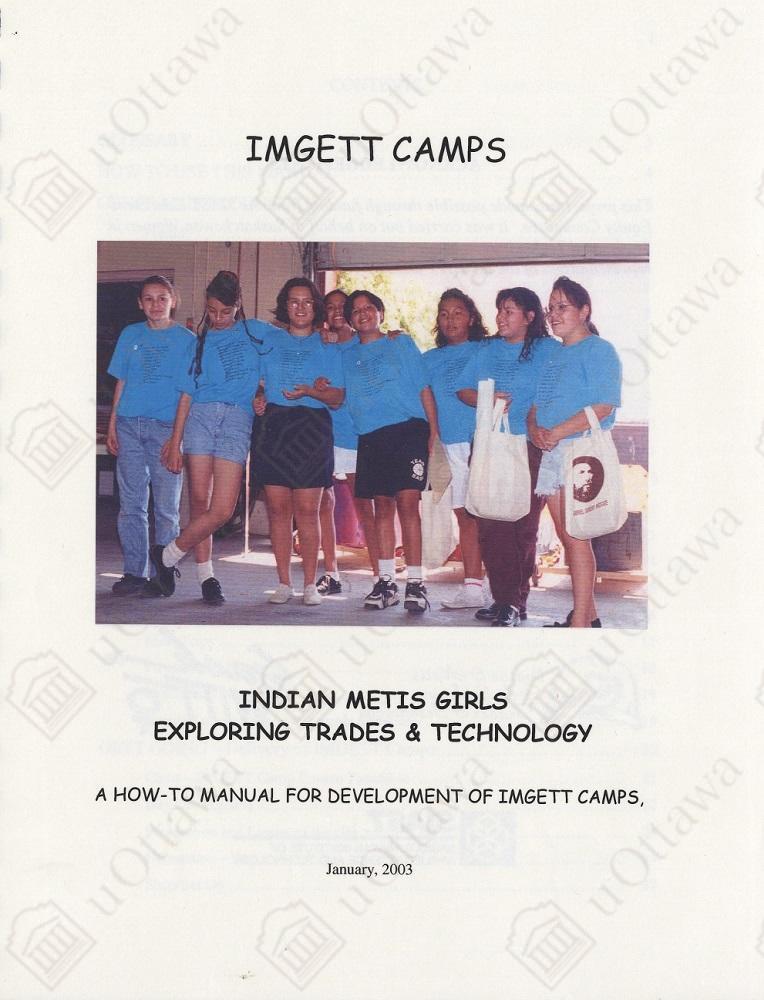
Zone du titre et de la mention de responsabilité
Titre propre
Dénomination générale des documents
- Textual records
Titre parallèle
Compléments du titre
Mentions de responsabilité du titre
Notes du titre
Niveau de description
Cote
Zone de l'édition
Mention d'édition
Mentions de responsabilité relatives à l'édition
Zone des précisions relatives à la catégorie de documents
Mention d'échelle (cartographique)
Mention de projection (cartographique)
Mention des coordonnées (cartographiques)
Mention d'échelle (architecturale)
Juridiction responsable et dénomination (philatélique)
Zone des dates de production
Date(s)
-
January 2003 (Production)
Zone de description matérielle
Description matérielle
Zone de la collection
Titre propre de la collection
Titres parallèles de la collection
Compléments du titre de la collection
Mention de responsabilité relative à la collection
Numérotation à l'intérieur de la collection
Note sur la collection
Zone de la description archivistique
Nom du producteur
Historique de la conservation
Portée et contenu
This file contains a How to manual for Development of IMGETT Camps.
SIAST Education Equity Committee, SIAST WITT Program, SaskWITT and IMGETT Committee.
Partners and supporters: Various Crown Corporations; Assorted Government Ministries; Local Elementary and Hight Schools.
Audience: organisations who wish to deliver exploratory TTO career education camps to middle years Firt Nations/M/tis girls.
In 1994, Valerie Overend was asked by a group of dynamic First Nations and Métis women from Regina to work as an advisor to a newly-formed Indian Métis Girls Exploring Trades & Technology (IMGETT) Committee. After delivering GETT Camps for a couple of years, it became evident that they were not having good success in reaching Aboriginal girls. These women, who represented the private and public sectors, and educational institutions including SIAST, had followed our progress working with middle-years girls and wanted to adapt our model to their communities. Using existing principles and incorporating cultural differences, they reworked the basics of the camps and developed a unique program that proved to be successful. IMGETT Camps were re-designed to introduce 13 and 14 year-old First Nations and Métis girls to a variety of possible career futures while attending an enjoyable week long day camp. Instead of go-carts, the girls built scooters. They had difficulty finding aboriginal instructors so initially, they hired an apprentice and Valerie Overend was her “assistant”. Soon, they had a couple of well-trained aboriginal women who ran the camps as well as worked on our regular programs with them. They also maximized guest appearances by Aboriginal role models from various occupations.
The IMGETT Committee adjusted the timelines to incorporate more formal classroom activities and less shop time. Before delivery of the first camp, the committee contracted an educator to write 7 lesson plans and packaged them in an Educator’s Kit similar to SaskWITT’s earlier initiative. This package * “Choosing the Beat of Her Own Drum” included a video, lessons plans and a poster and was sent to all schools in Saskatchewan with grades 7 – 10 students. Several of the lessons were incorporated into the Camp. As well, each camp had an elder participating in the delivery to assist with exploration of cultural elements of the lessons.
A stand-alone manual was developed for the project. The material in the manual is identical to the one incorporated in the How-to Manual for GETT Camps at SIAST.
(Valerie Overend Index, 2022)
Zone des notes
État de conservation
Source immédiate d'acquisition
Classement
Langue des documents
- anglais
